Despite being ranked as the world’s most congested city, bicycles in Bogotá are blooming. This is the remarkable story of how the bicycle weaved its way through – and how it shook up social statuses and the sound of Sundays in Colombia’s capital.
Bogotá’s Bicycle Story: It Began With a Sunday
With 11 million inhabitants, densely compacted between Bogotá’s hills and no underground subway, traffic abounds. Yet here, bicycles are flourishing. Not only does Bogotá have the highest cycling modal share in Latin America, but it also boasts of one the most extensive cycle networks in the world, currently comprised of 540km of bike tracks.
Several groups and individuals have been instrumental in achieving this. The first: a group of cycling advocates who wanted to change the sound of Sunday.
On Sunday 15th December 1974, a small group of cycling activists with one lorry and a couple of signs secured permission to close over 100 blocks in Bogotá to cars for the day. Named ‘The Great Pedal Demonstration’, over 5,000 people pedalled across the carless streets.
This set in motion Bogotá’s now famous ‘Ciclovía’, where every Sunday and national holiday the major tarmac arteries of the city are only accessible by foot or cycle. From 7am to 2pm, a north-south circuit of 121km opens up to families, joggers, dog walkers, and people on bicycles. The average time spent at Ciclovía is three hours, making it a savoured event.
“It started as a citizen protest that the city was becoming too car-focused,” Jorge Mauricio Ramos, an overseer of Ciclovía, told Bloomberg CityLab. “Today we have around 1.4 million people every Sunday. It’s part of our patrimonial heritage.”
Unlike the weekly sound of howling horns or screeching car tyres, Sundays in Bogotá chime with chatter and bicycle bells. Thanks to the efforts of campaigners 40 years ago, nearly 500 cities now hold a Ciclovía event at least twice a year.
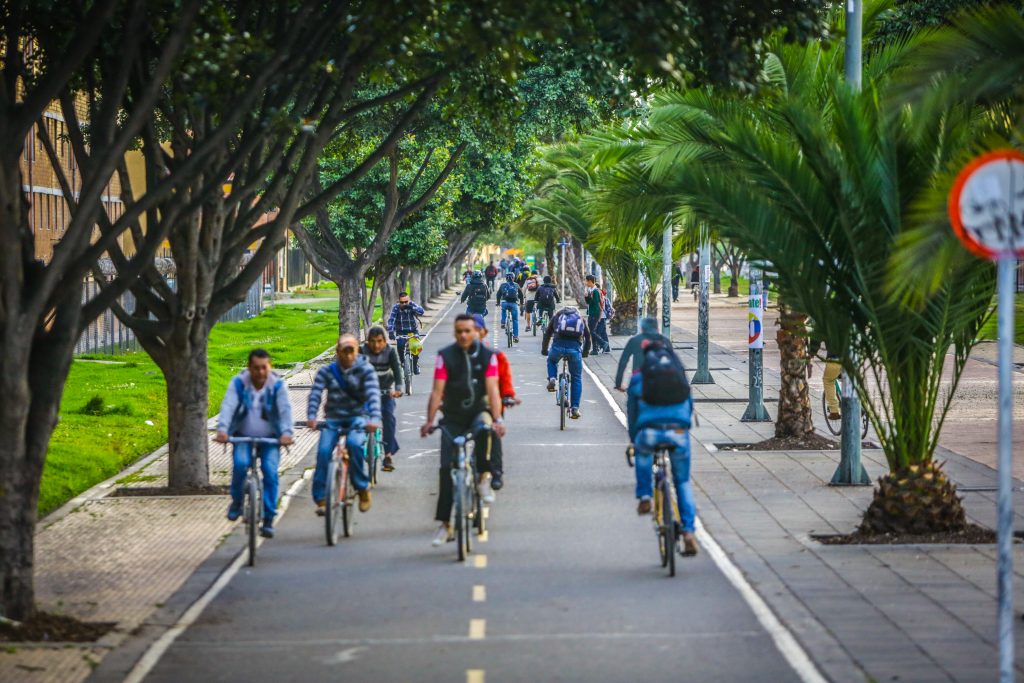
However, it would be amiss to conclude that Bogotá’s cycle-centred Sunday naturally resulted in a high cycling modal share. The recreational cycling of Ciclovía was seen as a blissful escape from the everyday congestion that persisted during the week: commuting by bicycle was far from normalised.
This is where the former mayor, Enrique Peñalosa, joins the story. He sought to translate the feel of Ciclovía from extraordinary to ordinary. To do this, he literally reconstructed Bogotá’s streets during his two terms from 1998-2001 and 2016-2019.
Mayor Peñalosa: Bicycles Shouldn’t Be a Symbol of Poverty
When he first became in 1998, only 0.58 percent of all trips in Bogotá were made by bicycle. “At that time nobody used to go by bicycle in Bogotá,” Peñalosa told us. “People who rode a bicycle to work felt ashamed; it was a symbol of being the poorest of the poor.”
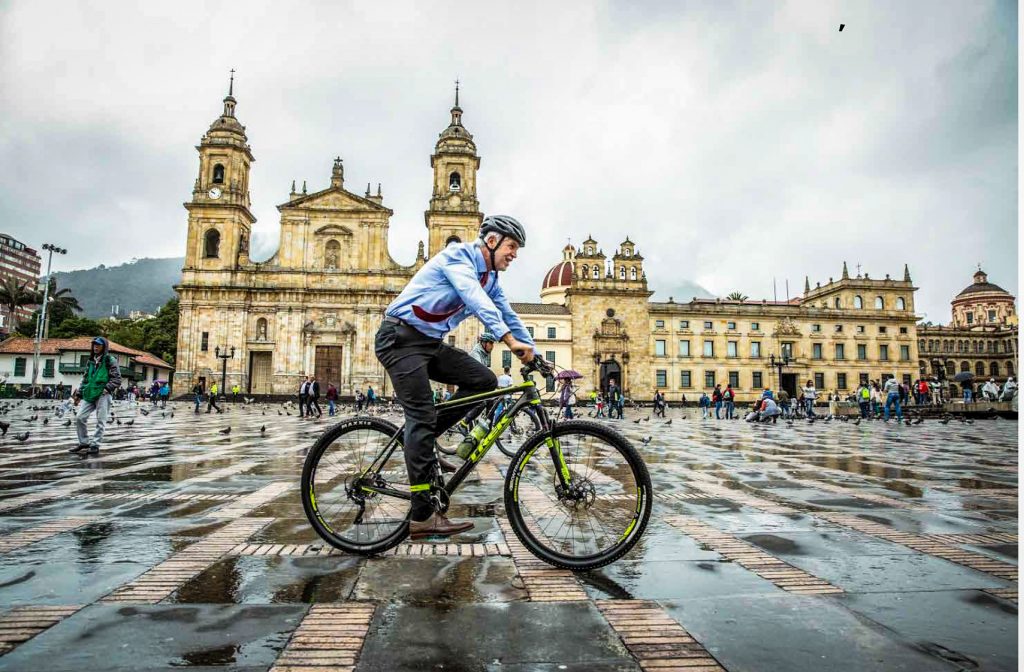
For Peñalosa, there is an inescapable link between poverty, happiness and city design. Since fewer than 10 percent owned cars at that time, he saw Bogotá’s car-centric focus as not just inefficient, but unequal. By building dedicated cycle tracks, Peñalosa was determined to redistribute space more fairly.
“A protected bike way achieves two things,” he says. “One, it protects the cyclist. But second, it right raises the social status of the cyclist. It shows that a citizen on a $30 bicycle is equally important to a $30,000 car”.
During Peñalosa’s first term, 300km of protected bidirectional bike paths – which he named ‘cicloruta’- were erected. Connecting the poorest parts of the city to the centre, the network was comprised of main, secondary, and complimentary tracks. By the end of his second term, Peñalosa had extended it to a staggering 540km network of cycle tracks.
To put this in perspective, Seville is often credited for its creation of 18km of bike tracks in 18 months. This makes Peñalosa’s 300km in 3 years look rather eye-watering by comparison.
Asked how he achieved such a feat, Peñalosa refers to how his team was like the “musketeers” fighting for a common goal. “Everybody, even the person cleaning the floor, has to be convinced they are participating in this,” he states. By holding two- or three-day meetings every three months with his team and participating in a 500+ WhatsApp group, he fostered the sense of team spirit. “We had a vision; we saw everything through a lens seeking inequality,” he says. “The more impossible it seemed, the more unified we were.”
By the time Peñalosa finished final term in 2019, Bogotá’s cycling modal share had risen from 0.58 to 9 percent and featured a far-stretching array of bike tracks.
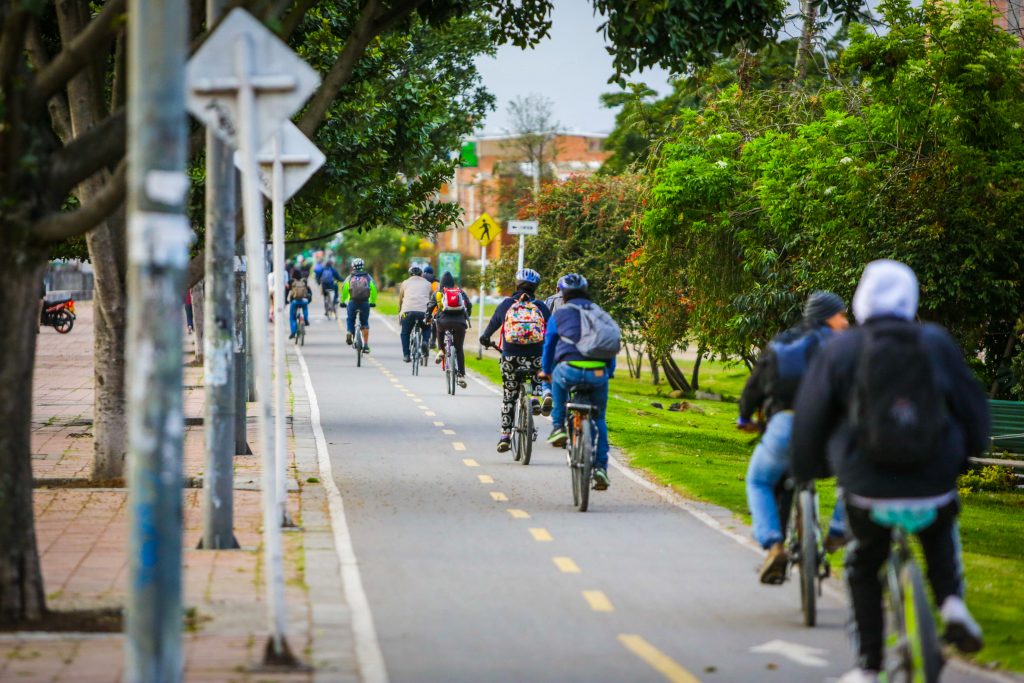
Bogotá’s bicycle story, however, does not end there. Peñalosa was followed by a mayor with an ambitious cycling plan of her own – something which the coronavirus pandemic has spurred into action.
Mayor López: Our moment to Push Against the Car
Taking office in January 2020, Mayor Claudia López sought to embellish Bogotá’s bicycle network over the following four years with a further 280km of bike tracks. Two months into her mayorship, however, she had to quickly jolt those targets into reality.
The Covid-19 pandemic forced the city’s Transmileno Bus to run at reduced capacity to allow for social distancing. Carrying 2.3 million per day, the city quickly had find another way of safely transporting essential workers.
84km of temporary bicycle tracks were erected, skirting even the most major of Bogotá’s roads – the Séptima. Unlike other cities which have simply toyed with corona pop-up cycle lanes, Mayor López committed wholeheartedly to the scheme.
“If we are able to use our voice and our representation at this moment to push back against the car, it will be a great political gain and great environmental gain,” said López during an Environmental Defence Fund webinar.
Whether the emergency network will made permanent is yet to be determined, however, it does show how cycle-centric Bogotá aims to be.
In a Nutshell…
From Ciclovía, to cicloruta, to corona cycle lanes; each chapter has shaped Bogotá and enabled it to become Latin America’s cycling capital. With López’s current goal of placing cycle tracks 500 metres from every home, it seems that Bogotá’s bicycle story still has much more to come.

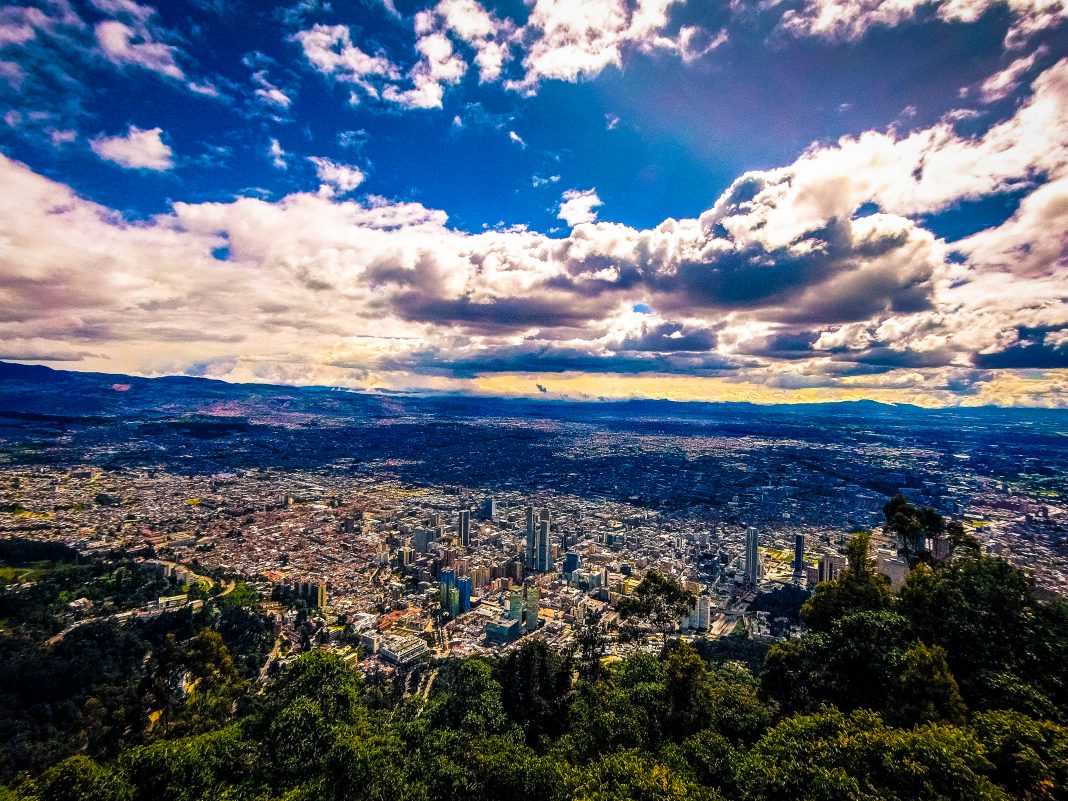
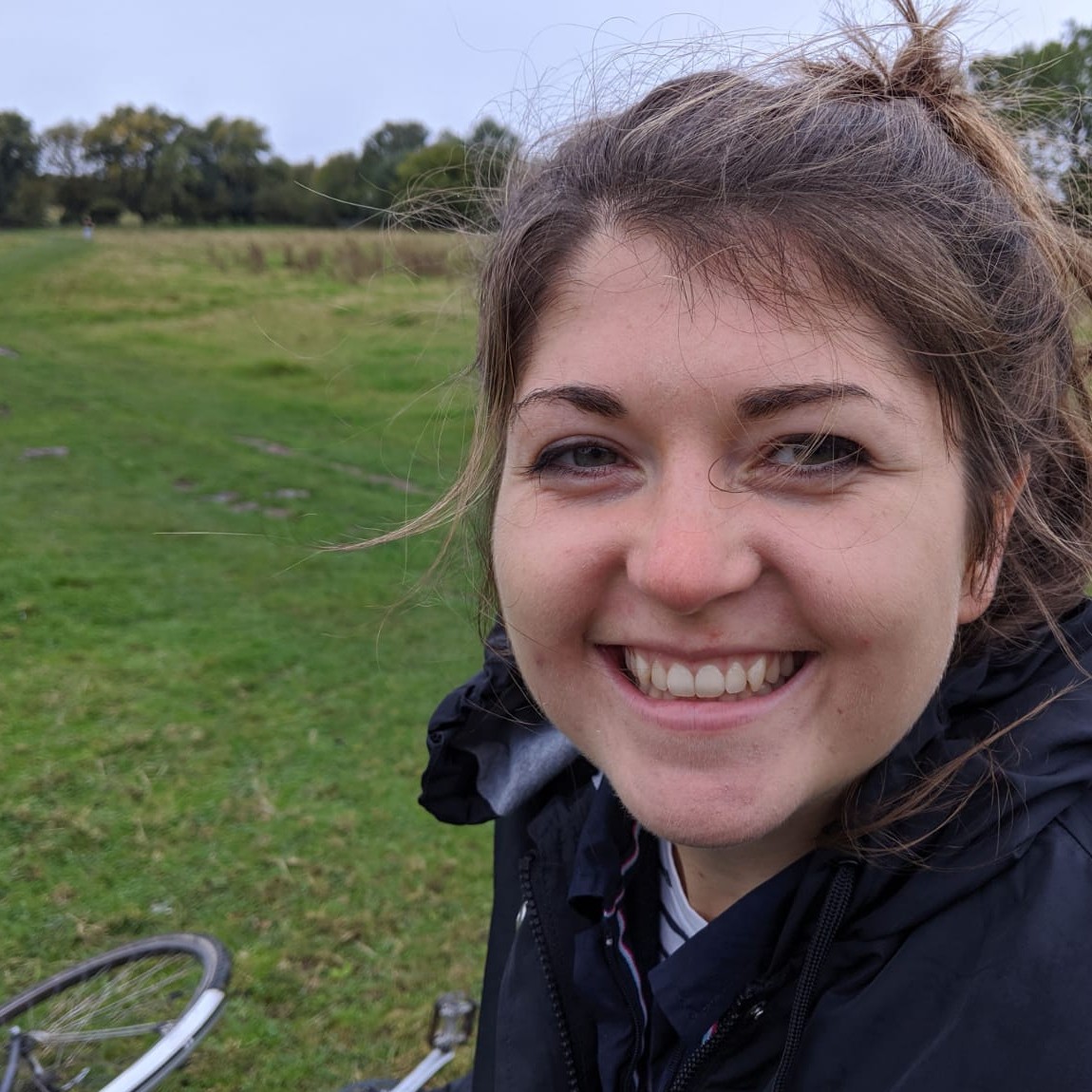
[…] Peñalosa’s first term between 1998 and 2001, “300km of protected bidirectional bike paths were created, connecting the poorest parts of the cit… In 2020, Mayor Claudia López, who is responsible for Corredor Verde, continued to add 280 km of […]